
Transport Canada Proposes New Rules for Dangerous Goods to Increase Harmonization (Canadian Amendment)
On December 9, 2023, Transport Canada published a proposed update to the “Transportation of Dangerous Goods Regulations” (TDGR) regarding some outstanding harmonization issues, such as buffer cars for railway transport, transport of anhydrous ammonia, and transport of radioactive substances. Additionally, it will incorporate needed changes to harmonize with international regulations based on the 22nd Revision of the U.N. Recommendations on the Transportation of Dangerous Goods, Model Regulations.
This proposed amendment can be found in Canada Gazette, Part I, Volume 157, Number 49, but note that it does not become an official change until published in Canada Gazette Part II. The current publication is for public comment, and the end version may change depending on the feedback Transport Canada receives.
Here are some of the significant changes being suggested.
Buffer Car Requirements
A “buffer” car is a non-dangerous goods rail car (that is, one which is empty or loaded with non-dangerous goods) placed between a car carrying dangerous goods and a car carrying passengers or crew. Transport Canada notes:
“The TDGR provides an exemption that allows mixed commodity freight trains to not include a buffer car if it is likely to negatively impact train dynamics. The exemption is intended to allow for better train configuration and limit the number of added railway vehicles that would increase train length and could adversely affect train dynamics. However, since there are no criteria under the existing TDGR to specify situations that would have a negative impact on train dynamics, this has resulted in inconsistent interpretations of the exemption, which creates a safety concern. In addition, the TDGR are not aligned with the U.S. regulations regarding buffer car requirements on unit trains.”
In the U.S., buffer cars are required, and a Canadian train going into the United States would have to abide by their rules. This leads to a situation where Canadian rail workers would be at higher risk than American ones.
The Gazette I amendment proposes to update the buffer car rules as follows by:
- Removing the provisions that unit trains are not required to have buffer cars.
- Requiring at least one buffer car be placed between an occupied locomotive for all trains (including unit trains) and rail vehicles carrying dangerous goods. This creates a separation distance between the dangerous goods car and the occupied railway vehicle, improving the safety for humans on board.
- Updating the provisions that address “train dynamics.” These changes would clarify the need for buffer cars.
- Prohibiting the placement of means of containment carrying dangerous goods, such as intermodal portable tanks, attached to rail cars, such as flatbeds, next to an occupied railway vehicle. They would also be kept away from “a railway vehicle that has a continual source of ignition,” such as a propane heater.
Anhydrous Ammonia
The requirements for an Emergency Response Assistance Plan (ERAP), as required by Part 7 of the TDGR, will be revised for agricultural use. The current exemption, allowing no ERAP for a tank up to 10,000 litres if it’s transported by land and travels not more than 100 kilometers by publish road, will be significantly revised (for example, changing the 100-kilometer rule to only 3 kilometers) due to reports of frequent leaks and containment failures of these types of shipments.
“Packaging and Transport of Nuclear Substances Regulations, 2015”
Dangerous goods which are radioactive substances in Class 7 must comply not just with the TDGR but with the “Packaging and Transport of Nuclear Substances Regulations, 2015” (PTNSR), which sometimes leads to conflicting rules. This proposal would update the TDGR to align with the PTNSR, as follows:
- Section 1.43, Class 7, Radioactive Materials, Exemption, will be amended to better align with the PTNSR pertaining to the documentation required for the transport of radioactive substances packed in excepted quantities.
- A new section, 1.43.1, will be created that exempts radioactive materials used for medical purposes and unclassified radioactive waste materials already allowed for transport under the PTNSR.
Other Significant Changes
- TDGR section 1.44 has provided an exemption for drums being shipped for reconditioning, but only drums. The proposed amendment would extend the same relief to IBCs (Intermediate Bulk Containers) originally containing dangerous goods.
- A new exemption will be added to TDGR section 1.46 to create an exemption for lightbulbs as long as they do not contain significant amounts of mercury or radioactive material. This exemption is a common-sense change that exists in other regulations.
- Section 1.47, an exemption for fire extinguisher certification, will be removed and replaced by a similar text in Special Provision 172.
- The requirements for using “Residue – Last Contained” on a shipping document in section 3.5(3) will be clarified.
- Section 4.1 will be clarified to apply to unpackaged articles not in Class 1 as well as goods in means of containment.
- Section 4.1.1 will be changed to clarify that “voluntary display of safety marks” also applies to the display of the U.N. number on or beside a placard.
- Section 4.15.4 will be amended for clarification of the requirement to display placards and U.N. numbers on large means of containment or vehicles which contain other large means of containment whose placards and U.N. numbers are not visible from the outside.
- Sections 5.10 and 5.14 contain references to other packaging standards, which will be updated.
- Sections 16.2 to 16.5 on “Certificates of Inspection” will be updated.
- Shipping descriptions for alkali metals and alkaline earth metals would be harmonized with international regulations.
- A new U.N. scheme for classifying certain toxic pesticides would be incorporated.
- Oxygen tanks with open valves would be permitted when used in transport to aerate tanks containing living aquatic organisms.
- Enforcement officers carrying firearms would no longer need to obtain exemption certificates.
- Refrigerating machines with less than 12 kilograms of a gas in Division 2.2 or less than 12 L of UN2672 would be exempted by Special Provision 173.
- Special provision 174 would exempt all aqueous solutions of alcohol containing not more than 24% alcohol by volume.
Conclusions
So, what should a Canadian shipper or carrier do about this proposal? First, remember that it’s a draft indicating what Transport Canada is proposing, not a final rule. You have until February 22, 2024, to make comments. The easiest way is to use the “submit comments” feature on the actual website, or you can e-mail your comments.
Questions?
Do you have questions about Regulations? Our team of experts is just a call away for our customers at 855.734.5469 or send us an email, we’re happy to help. We can advise you how to comply with current and upcoming regulations.
Stay up to date and sign up for our newsletter!
We have all the products, services, and training you need to ensure your staff is properly trained and informed.
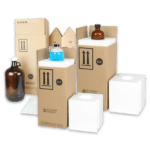 Glass Shipping Kits Glass Shipping Kits |
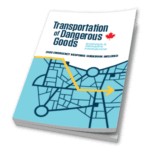 Canadian TDG Publications Canadian TDG Publications |
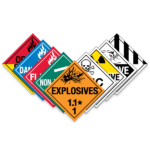 Worded Placards Worded Placards |
Sources:
Canada Gazette, Part I, Volume 157, Number 49: Regulations Amending the Transportation of Dangerous Goods Regulations (Canadian Update)
Transport Canada, “Transportation of Dangerous Goods Regulations”
United Nations, U.N. Recommendations on the Transportation of Dangerous Goods, Model Regulations, 22nd Revision

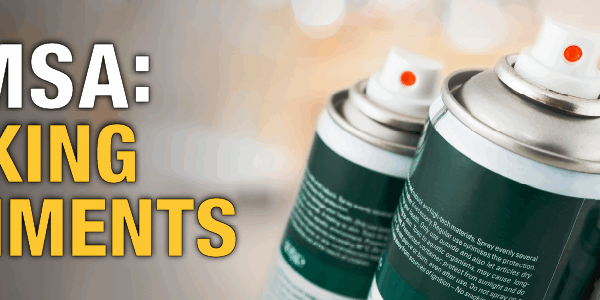
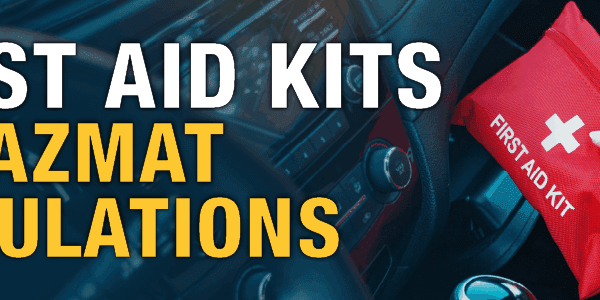



 ICC USA
ICC USA ICC Canada
ICC Canada